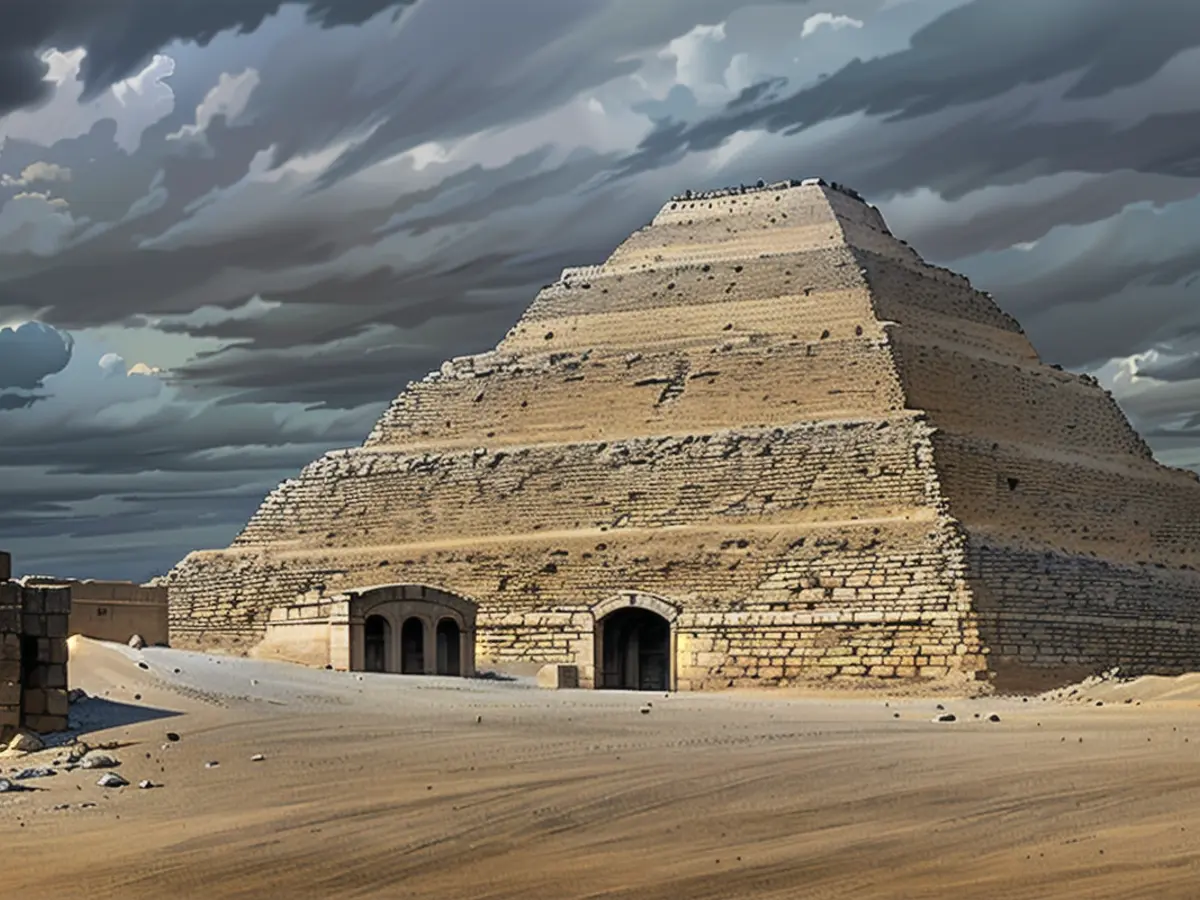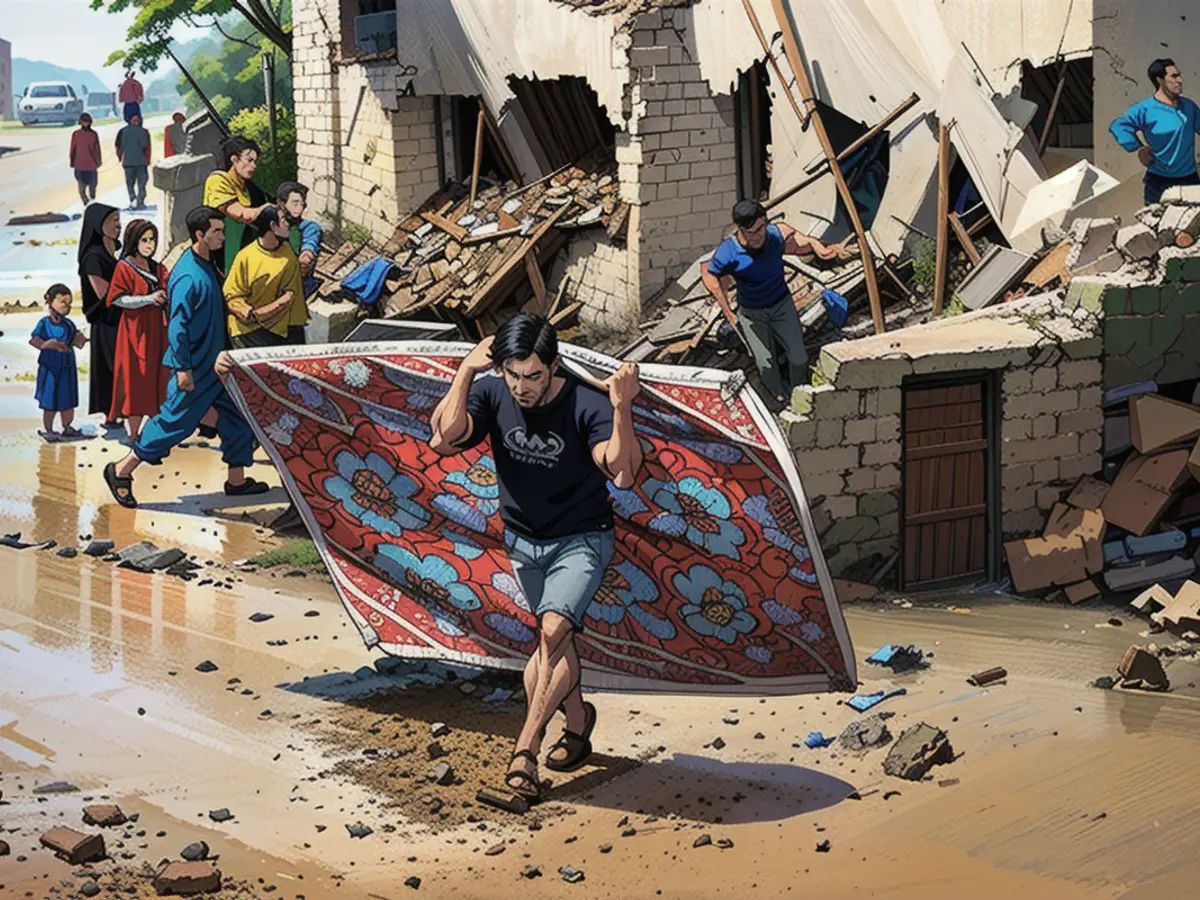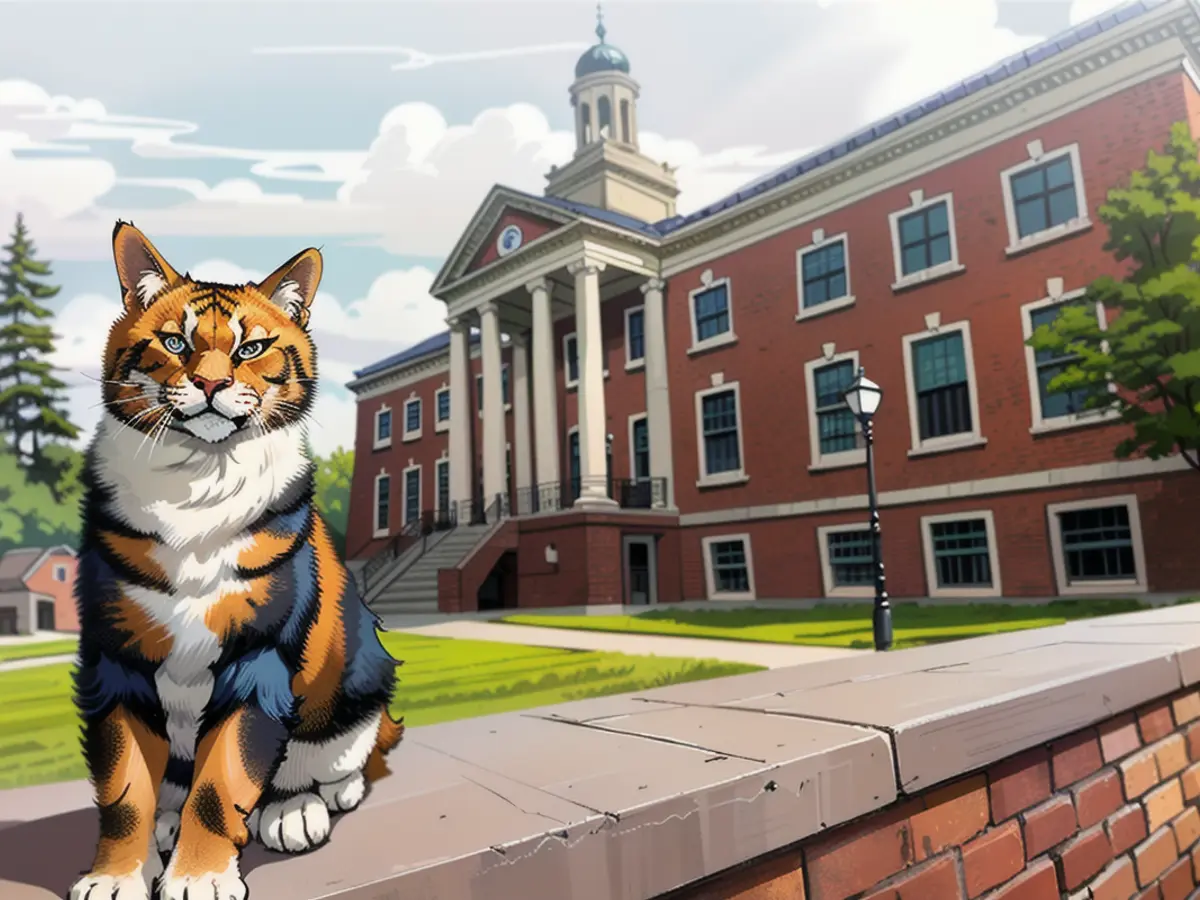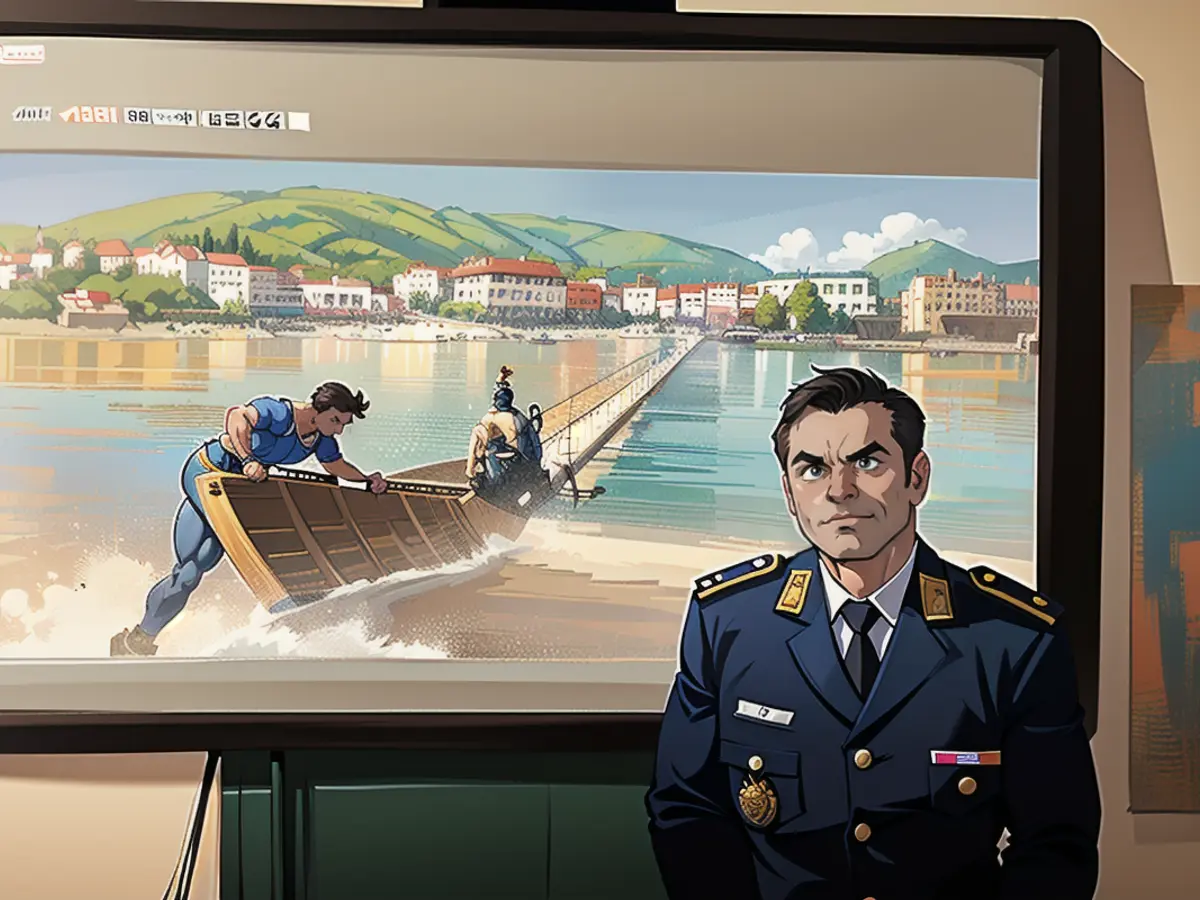Watching the inaugural crewed journey of Boeing's anticipated Starliner spacecraft.
A vital mission, called the Crew Flight Test, might commence as early as Monday at 10:34 p.m. Eastern Time from Florida's Cape Canaveral Space Force Station.
Live broadcasting of this event will be accessible through NASA's channels, commencing at 6:30 p.m. on Monday, as announced by the organization.
This milestone is the culmination of Boeing's endeavors to create a spacecraft capable of transporting astronauts to and from the International Space Station under NASA's Commercial Crew Program.
Various setbacks regarding development, test flights, and other significant financial challenges considerably postponed Starliner's journey to the launchpad. While Boeing's fellow participant in NASA's commercial crew program, SpaceX, has emerged as the leading transportation solution for the space agency's astronauts.
Now, NASA and Boeing have reached the point where Starliner is deemed fit for its definitive test - allowing astronauts to try and use the craft in space.
NASA's accomplished astronauts Suni Williams and Butch Wilmore will embark on this mission, boarding Starliner and heading to the International Space Station for a week-long stay.
During their expedition, Wilmore and Williams will perform a series of tasks, including momentarily assuming control of the autonomous spacecraft and assessing how the vehicle functions for astronauts.
A flawless trip may be an auspicious occasion for Boeing's space travel program and the company overall, given their struggles with their commercial aircraft division.
Here is what you need to understand about Starliner's voyage prior to its groundbreaking crewed test flight.
The human side
Boeing officials have stressed that Starliner operates independently of the corporation's part associated with commercial aircraft. Moreover, ensuring a smooth test mission and crew safety holds paramount importance for the Starliner team, according to Mark Nappi, Boeing's vice president and Starliner program manager.
"I've spent my career in this business, and it always has been the top of the list," Nappi said during a previous briefing. "We have humans flying on this vehicle. We always take that so seriously."
The selected Starliner astronauts have longed for the spacecraft to be prepared to carry crew members. After an array of astronauts occupied Starliner's Crew Flight Test position, Wilmore received his appointment in 2020. NASA reassigned Williams to this flight in 2022 since she was initially allocated to a later Starliner assignment in 2018.
"We've had a couple of (launch dates)... we're like 'OK, we're ready to go,'" Williams stated at a news conference. "But now it's like, heck — five days. It is actually, finally real, and I sort of have to pinch myself a little bit to comprehend, really, we're going."
During a briefing last month, Steve Stich, the program manager for NASA's Commercial Crew Program, stated that NASA mandated both Boeing and SpaceX to achieve a certain risk rate for a mission fatality - 1 in 270.
"Boeing surpasses that number with a 1 in 295 loss of crew number," he said.
Starliner's difficult course
Boeing received a NASA contract to build Starliner in 2014, simultaneous to the space agency selecting SpaceX to develop its Crew Dragon capsule.
The companies were given contracts worth up to $6.8 billion combined, anticipating Starliner's and Crew Dragon's capabilities to be available for astronaut launches by 2017.
This forecast didn't come to fruition.
SpaceX necessitated more time than initially estimated, successfully sending astronauts into space via its Crew Dragon capsule in the summer of 2020. It has subsequently undertaken 13 missions to orbit for both NASA astronauts and private customers.
Contrarily, Boeing, initially anticipated to be ahead of SpaceX in its plans, faced years of additional hold-ups, complications, and increased expenses that cost the company beyond a billion dollars, as evidenced by public financial statements.
Notably, the first Starliner test mission, conducted in late 2019, had numerous problems. The vehicle ignited incorrectly in orbit, a symptom of software malfunctions that included a coding error causing a 11-hour discrepancy in its internal clock.
A second uncrewed flight test in 2022 unveiled more software issues and malfunctions with some of the vehicle's thrusters.
These issues postponed the initial crewed flight into 2023. However, fresh problems soon emerged - concerns about the spacecraft's parachutes, as some components turned out to be weaker than anticipated and tapes within the vehicle were found to be combustible.
To rectify this, Boeing had to withdraw over a mile's worth of this tape and conduct additional tests on the parachutes.
Eventually, after a decade of development, NASA and Boeing are satisfied with Starliner's capability to carry astronauts.
'Not everything is going to be perfect'
Williams and Wilmore have adopted a pragmatic approach when responding to questions regarding Starliner's development challenges.
"I understand when you say 'setback,'" Wilmore remarked during the aforementioned news conference. "But honestly, with all the discovery - we would term it - that we've had, it's been steps forward.
"It's not been a setback, it's been pressing forward," he said. "And our families have lived that with us."
Williams also shared that she intends to embark on Monday's mission with the understanding that smaller issues might emerge.
Williams stated on a Wednesday that they're constantly discovering new things. "Everything won't be flawless when we operate the spacecraft," she added. "Our main goal is to have a spacecraft that flies smoothly and having backup plans in case of emergencies."
The entire team has reached a point in which they feel secure and unconcerned about the spacecraft's operation. "We're prepared for this journey," Williams concluded.
Read also:
- This will change in December
- Dikes withstand water masses so far - Scholz holds out the prospect of help
- Fireworks and parties ring in 2024 - turn of the year overshadowed by conflicts
- Attacks on ships in the Red Sea: shipping companies avoid important trade route
Source: edition.cnn.com








